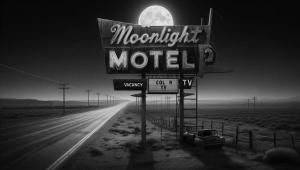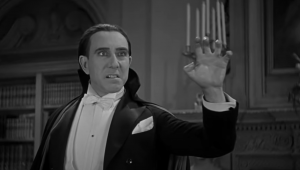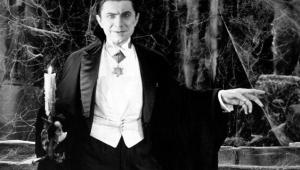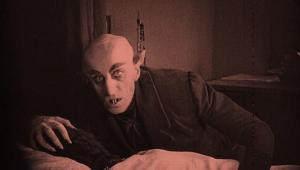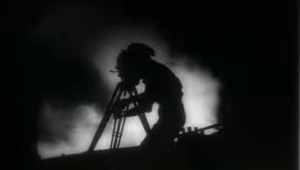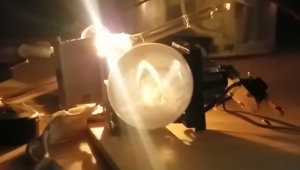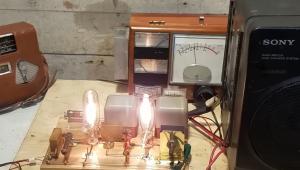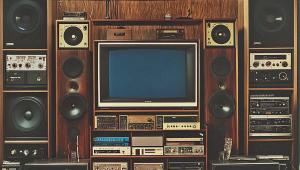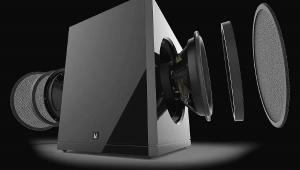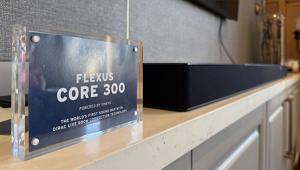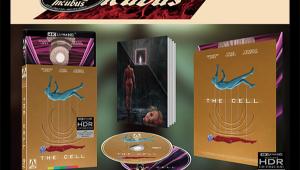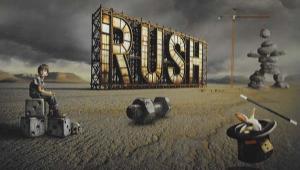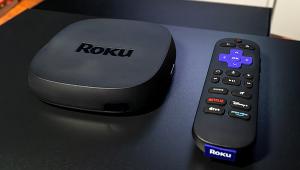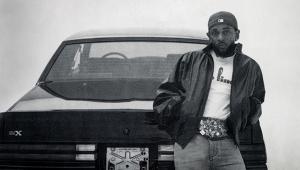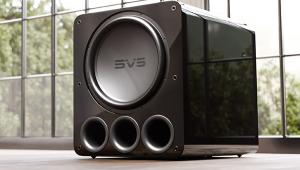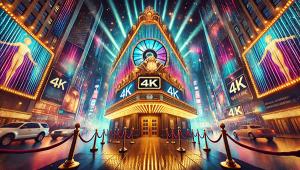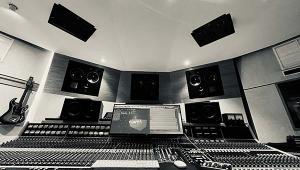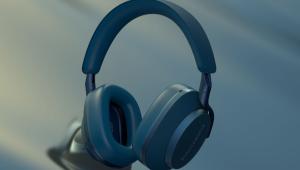...try strapping that on your back while you're out jogging!
The Greatest Analog Audio Playback Machine Ever

Consider: On stage are 100 men and women who have studied all their lives to function as human music playback devices. Long ago, they surpassed mere technical proficiency and now have mastered the rare ability to express emotion through a mechanical device. Much more difficult, I think, than using the voice. They vibrate columns of air, taut strings, stretched membranes, and pieces of metal. Musically speaking, that includes violins, violas, flutes, bassoons, trumpets, French horns, tympani, cymbals, and all the instruments of the modern orchestra.
Those complex activities are programmed by a marvelous kind of input data: the composer’s score. Pages and pages of strange symbols, as unintelligible as computer code to a layperson, inform each musician on how to operate the instrument. The discrete symbols on the pages, while certainly not expressed as binary digits, are surely more digital than analog. Thus I like to think of the orchestra as a collection of 100 digital-to-analog converters inputting digital data and outputting analog waveforms.
I like to think of the orchestra as a collection of 100 digital-to-analog converters inputting digital data and outputting analog waveforms.
From a technical standpoint, electronic D/A converters are light-years beyond simple keys and strings, fingers and breathing. But unlike those mere pieces of silicon, these organic converters intelligently decipher those input instructions, call upon enormous stores of muscle memory, and do something that silicon cannot do: add indefinable artistic instinct. The concert hall, a kind of specially designed instrument in its own right, sums those hundred waveforms and imposes its own set of acoustical characteristics. Finally, that sound reaches my ears. Wow. Just wonderful.The virtuosity of the musicians goes far beyond their solo skills; each player must work in concert with 99 other players in perfect harmony. Can you name any other human ensemble, with that number of people, that can operate with such unanimity? In the course of an evening’s performance, they produce hundreds of thousands of events (notes) that merge with precision to create an incredible whole. Of course, the conductor is literally the machine’s central processing unit, exerting control over every part of the orchestra, and bending the many visions of the individual players to the conductor’s single vision. Can you name another leadership position that can so supremely exert its power over a group or, for that matter, can you name another group that so willingly subjugates its individual preferences to a leader?
The many players in a fine orchestra operate like a living machine. On that Beethoven recording, I can clearly hear the woodwind players quickly inhaling before a demanding section, and the double bass players discreetly shuffling their feet, bracing their bodies before they attack a forte. I can even hear the conductor’s gasping exclamations as he exhorts the players to greater effect. A world-class orchestra, under the baton of a skilled conductor, is surely one of the noblest of human creations, and I say this with sincere and unbridled admiration for all classical musicians.
After working at a university school of music for many years, my one regret is that I never had the opportunity to stand in front of the orchestra and, however ineffectively, wave my arms as music unspooled from the greatest analog music machine ever invented. My only other regret is that I have not yet played the role of engineer in the second greatest analog machine, a steam train locomotive. But that’s a story for another day and, I suspect, a whole different magazine.
- Log in or register to post comments


No audio system can replicate the experience of watching a performance such as a Beethoven symphony. The communion with the performers and audience, as well as experiencing it especially in a venue with good acoustics is something to enjoy as much as possible.

The popularity of classical music has declined precipitously since then. Searching on line for data on various music genres indicates that it now accounts for under 5% of album sales—and often even less. Some popularity surveys don't even list classical music anymore.
I've often felt that one reason for the decline is that the full symphony orchestra is, by far, the most difficult "instrument" to reproduce on an audio system at home, whether we're talking about just 2-channel or surround (though the latter can do it much better, there's far less choice in that format). It's an old industry joke that if you want to clear a room at an audio show, play opera! Symphonic music is almost as good at this. Rock, jazz, solo male and female vocals, and almost anything else is easier to reproduce, not only because of the limitations of the recordings and the playback gear, but because of the nature of a small domestic room. Back when audio was equally bad at reproducing any type of music, this was less of an issue. But back then concert going was the only way of experiencing the full impact of music. Today it's not—in any genre.
There are other reasons for the decline in the popularity of the classics, of course. A major one is that fewer and fewer children are exposed to anything but the most popular forms of music. Changes in the cultural landscape also contribute. All in all, it's a vicious downward spiral.
Where do most people today get their primary exposure to symphonic music? At the movies—not that there's anything wrong with that.

